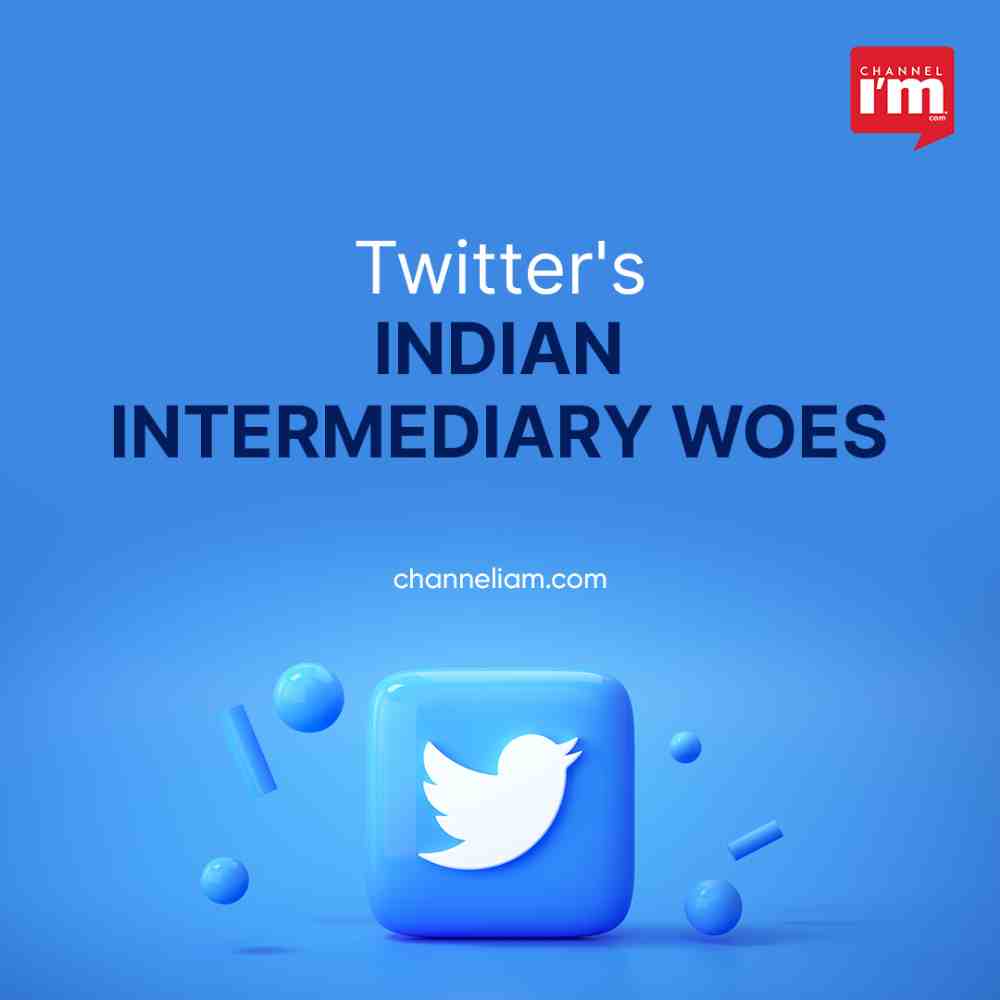Twitter, the popular social media platform, has recently faced significant scrutiny in India due to its alleged non-compliance with the new IT rules that took effect on May 26. Reports emerged on June 16, indicating that Twitter had lost its intermediary status in the country. This development has raised numerous questions about the consequences of losing such status, the impact on users, and the scope for self-censorship. In this article, we delve into the implications of this incident and attempt to answer some of the pressing questions surrounding it.

1. Understanding the Loss of Intermediary Status
The intermediary status granted to platforms like Twitter under Section 79 of the Information Technology Act offers them a legal shield against liability for third-party content posted on their platform. However, this protection is contingent on compliance with legal orders to take down content issued by courts or authorities. The reports suggest that Twitter lost this safeguard due to its failure to comply with the new IT rules, making it liable for content posted on its platform as per the Indian Penal Code and the IT Act.
2. The Significance of Intermediary Status
Intermediary status serves as a critical protective measure for platforms like Twitter, allowing them to avoid direct legal consequences for user-generated content. It enables social media companies to operate freely while addressing concerns of misinformation and harmful content responsibly. Losing this status potentially exposes Twitter to legal liabilities for any objectionable content hosted on its platform, putting the company under increased scrutiny and accountability.
3. Legal Challenges and Court Proceedings
Twitter’s loss of intermediary status has emerged amid ongoing legal challenges to the new IT rules. The courts are currently considering multiple petitions challenging the constitutional validity of these rules. Any decision on whether a platform should lose its intermediary status ultimately rests with the courts, not the government. This legal backdrop adds complexity to Twitter’s situation, as it navigates the path to regain its protective status.
4. Implications for Freedom of Speech and Self-Censorship
Twitter’s core business model is built on promoting free speech and privacy. However, the loss of intermediary status may prompt platforms to adopt self-censorship measures to protect themselves from potential legal troubles. This approach could restrict users’ freedom of expression, potentially stifling open discourse and debate on social media platforms.
5. Available Options for Twitter
In response to the loss of intermediary status, Twitter has several legal recourse options. One possible route is to file a writ petition in the Supreme or High Court, seeking to challenge the decision and seek legal redress. However, this path may lead to further litigation in an already crowded legal landscape.
6. Twitter’s Official Response
Twitter, in its official response, has acknowledged the situation and asserted that it is working to comply with the new IT rules. The platform has appointed an interim Chief Compliance Officer and pledged to keep the Ministry of Electronics and Information Technology (MeitY) informed of its progress. Nevertheless, the government’s stance on whether Twitter has truly lost its intermediary status remains ambiguous.
7. Government’s Perspective and Twitter’s Accountability
The Government contends that Twitter’s failure to comply with the Intermediary Guidelines since May 26 justifies its loss of safe harbour provision. Union IT Minister Ravi Shankar Prasad expressed concerns about Twitter’s handling of fake news and misinformation and cautioned against using the banner of free speech to evade compliance with Indian laws.
The loss of intermediary status is a significant development for Twitter in India. The situation has raised pertinent questions about legal liability, user freedoms, and the dynamics of social media platforms operating in the country. As legal battles and discussions continue, it remains to be seen how Twitter will address the challenges ahead and how it will impact the digital landscape for both the platform and its users.
